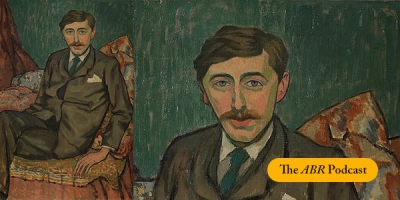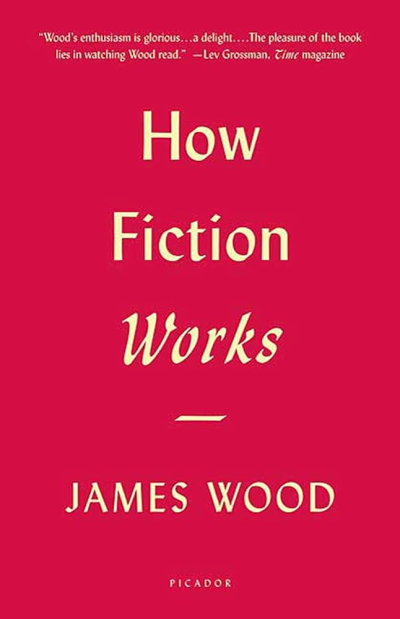Accessibility Tools
- Content scaling 100%
- Font size 100%
- Line height 100%
- Letter spacing 100%
EM Forster
The ABR Podcast
Released every Thursday, the ABR podcast features our finest reviews, poetry, fiction, interviews, and commentary.
Subscribe via iTunes, Stitcher, Google, or Spotify, or search for ‘The ABR Podcast’ on your favourite podcast app.
Episode #196
Links in the Chain: Legacies of British slavery in Australia
By Georgina Arnott
In this week’s ABR Podcast, we feature an essay from the ABR archive: ‘Links in the Chain: Legacies of British slavery in Australia’ by Georgina Arnott. In this essay, Arnott considers how the field of Australian history will be reshaped by emerging links between British slavery in the Caribbean and early settlers to the Australian colonies. Georgina Arnott is ABR Assistant Editor and the author of several articles on the legacies of colonialism in Australia and two biographical works. Listen to Georgina Arnott’s ‘Links in the Chain: Legacies of British slavery in Australia’, published in the August 2020 issue of ABR.
Recent episodes:
This week we draw on ABR’s expanding digital archive and head back to December 2010, when ABR Editor Peter Rose wrote at length about E.M. Forster, author of novels such as Howards End and Room with a View. In this podcast, Rose discusses Wendy Moffat’s biography of Forster, before roaming more widely to revisit those influential novels and dipping into the immense Forster literature – and the even more gargantuan literature of Bloomsbury, of which Forster was a peripheral and somewhat wary member.
... (read more)



